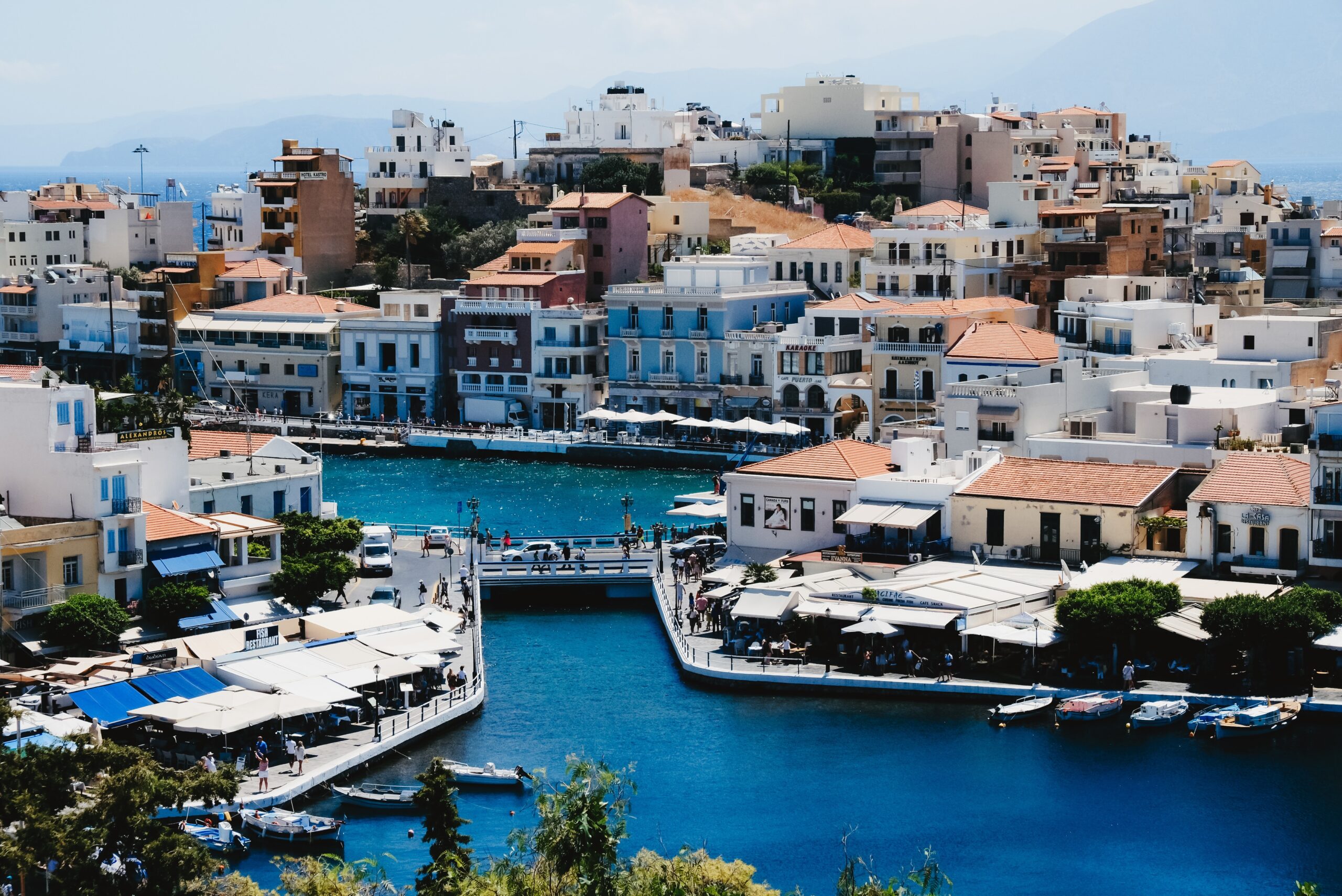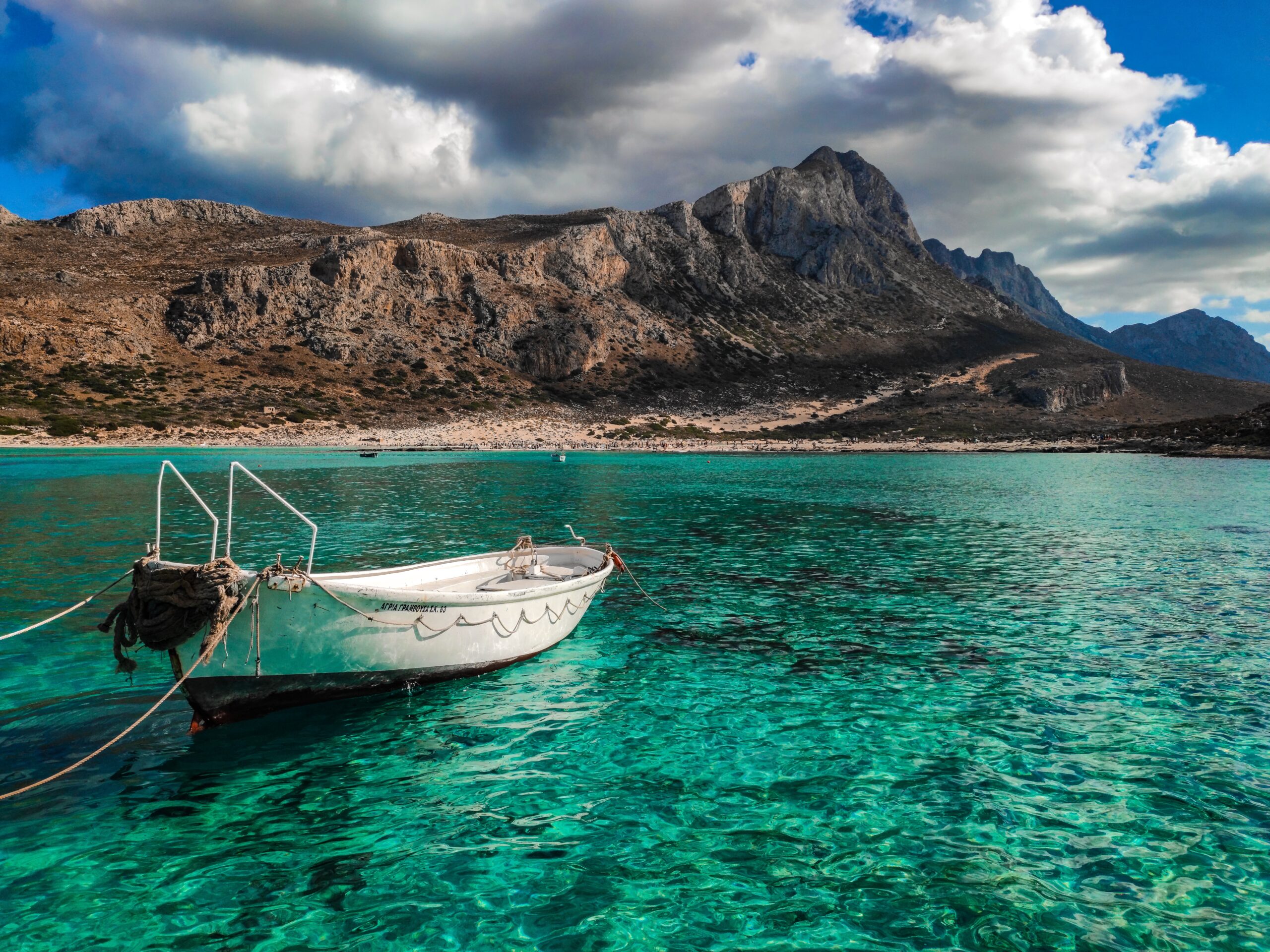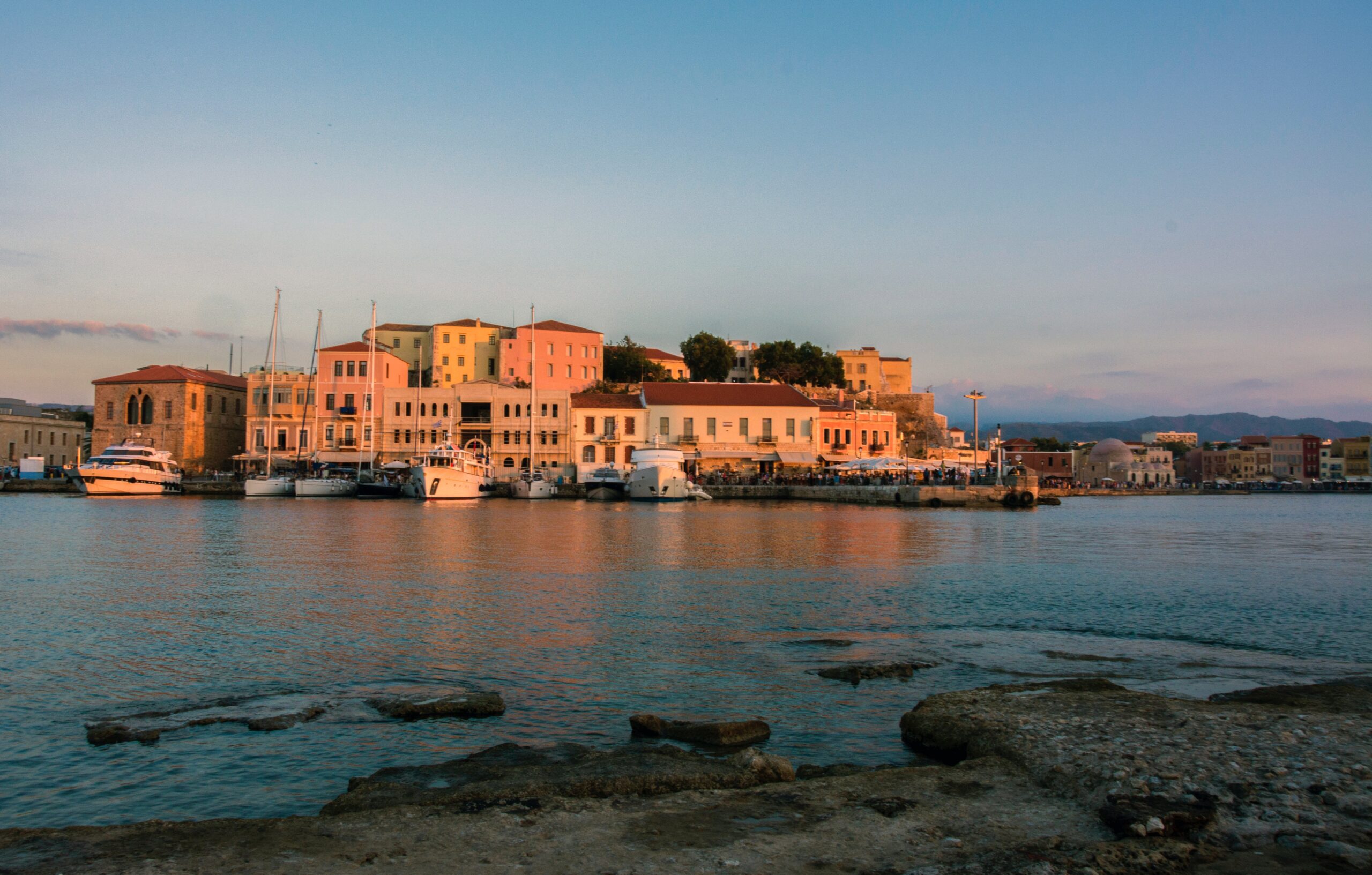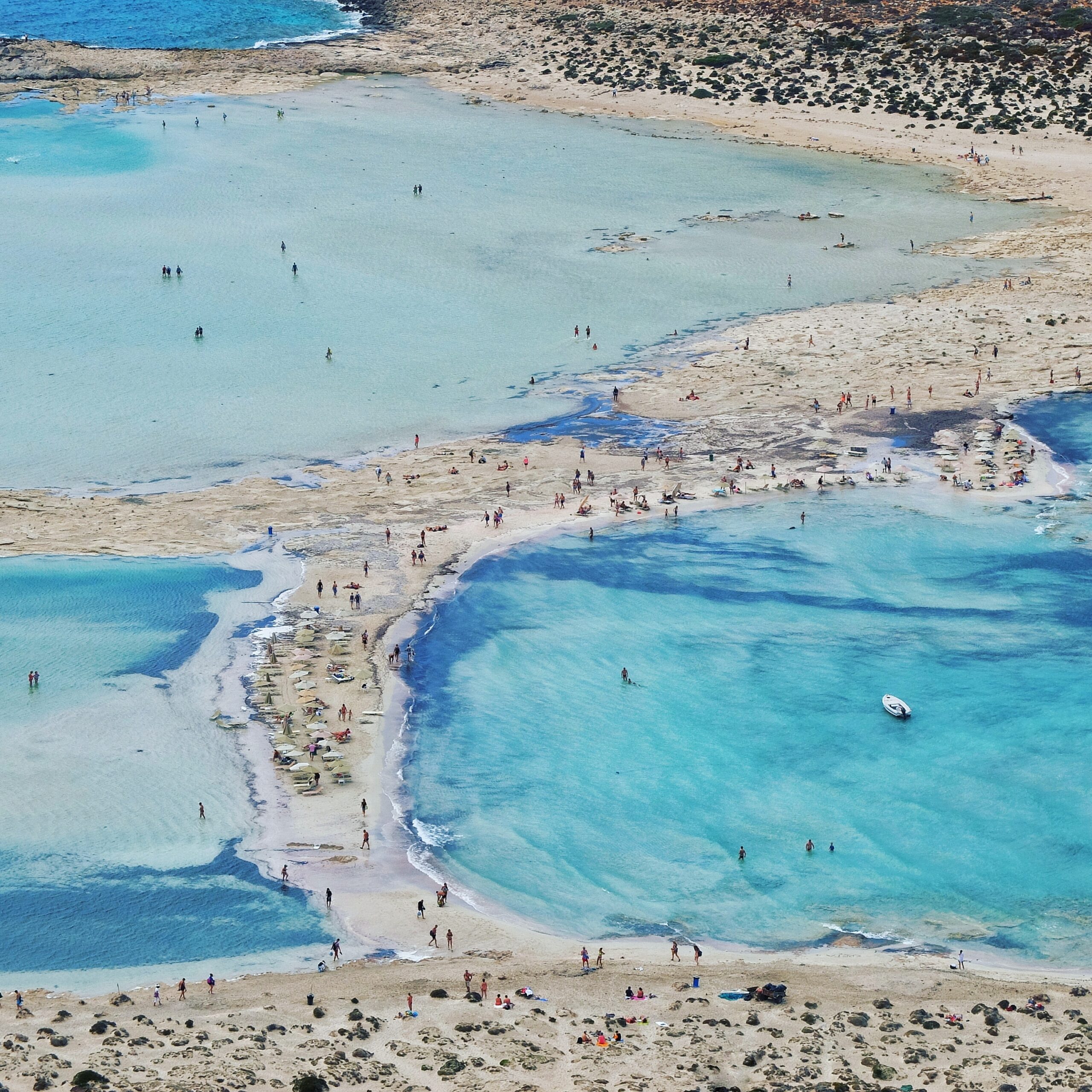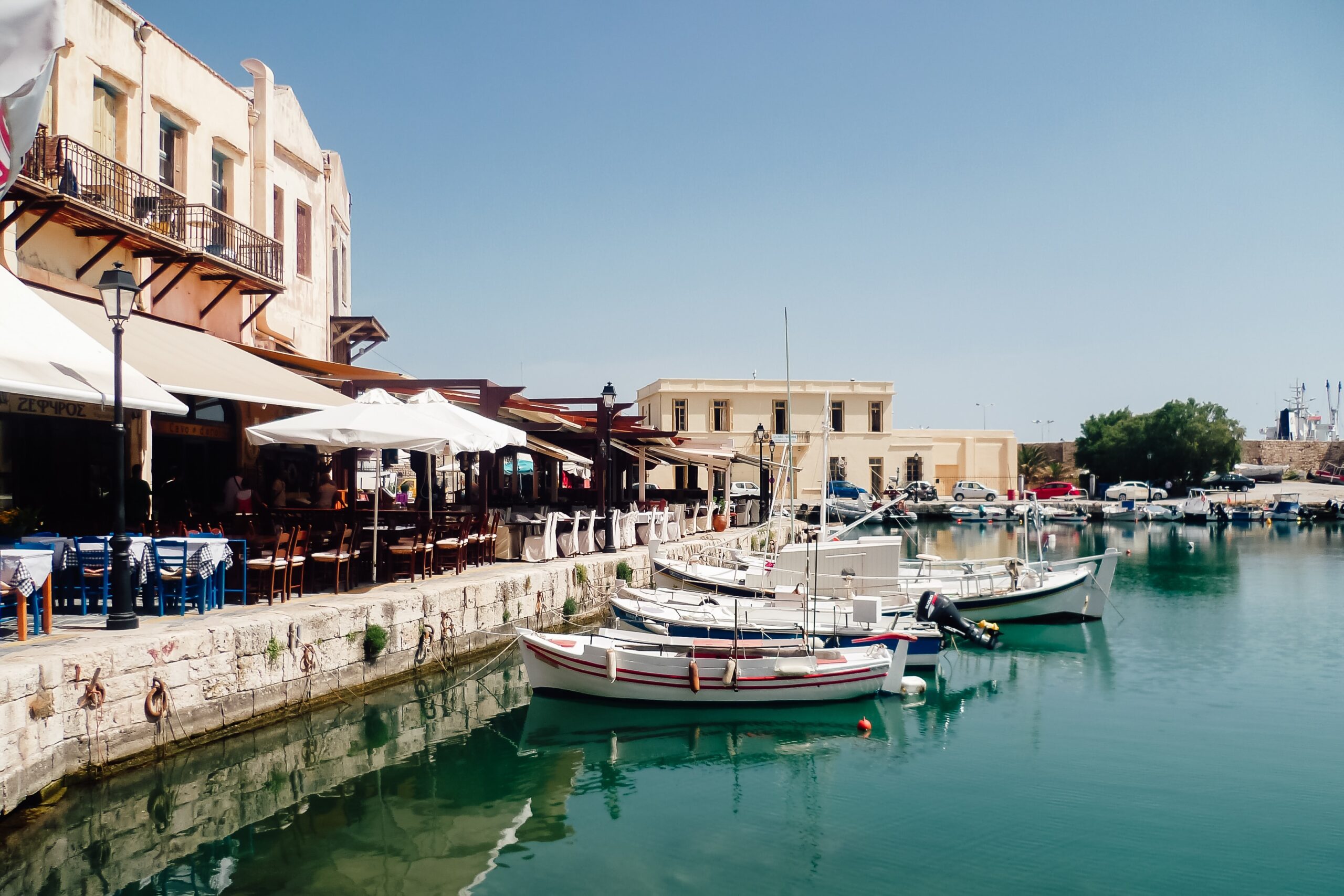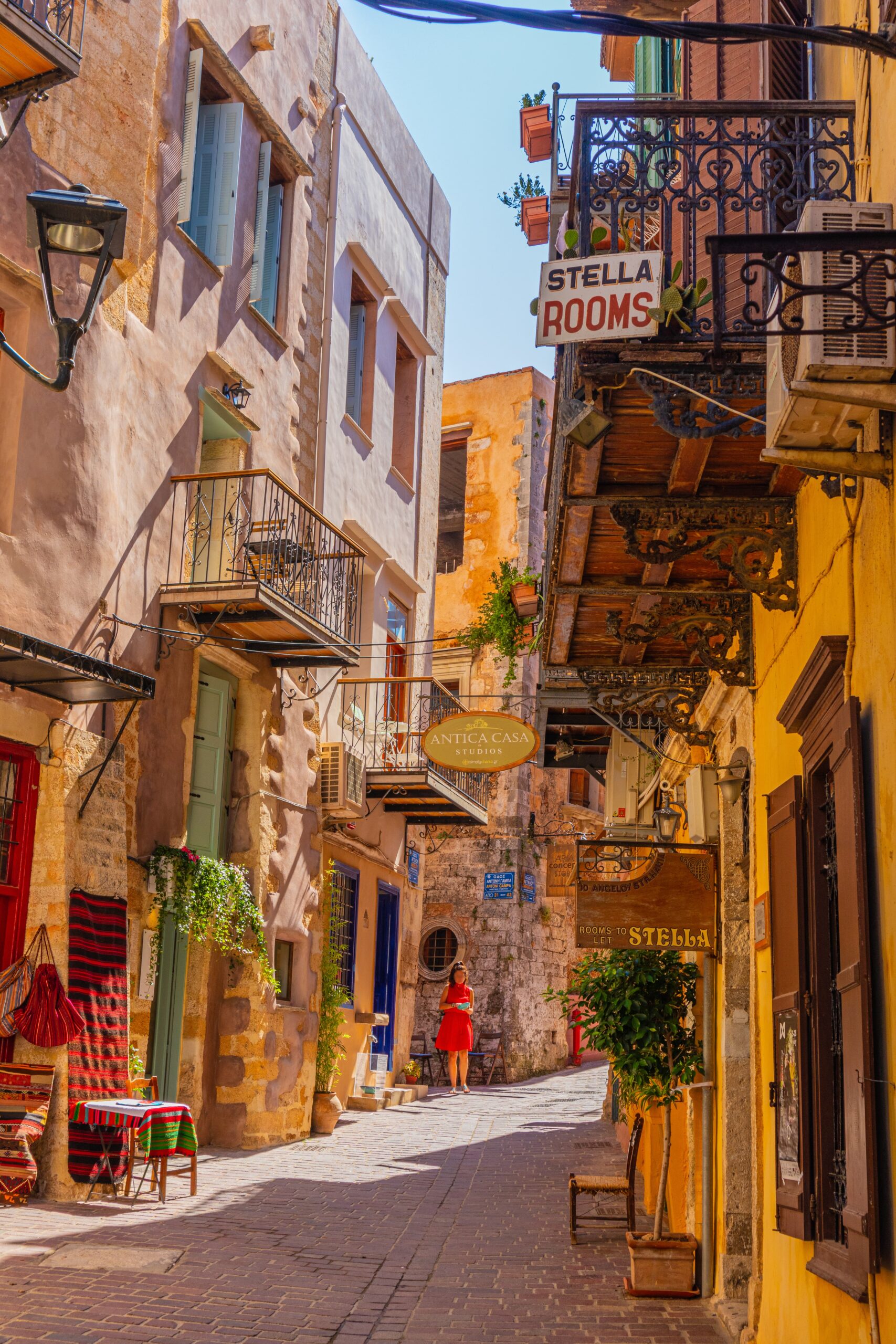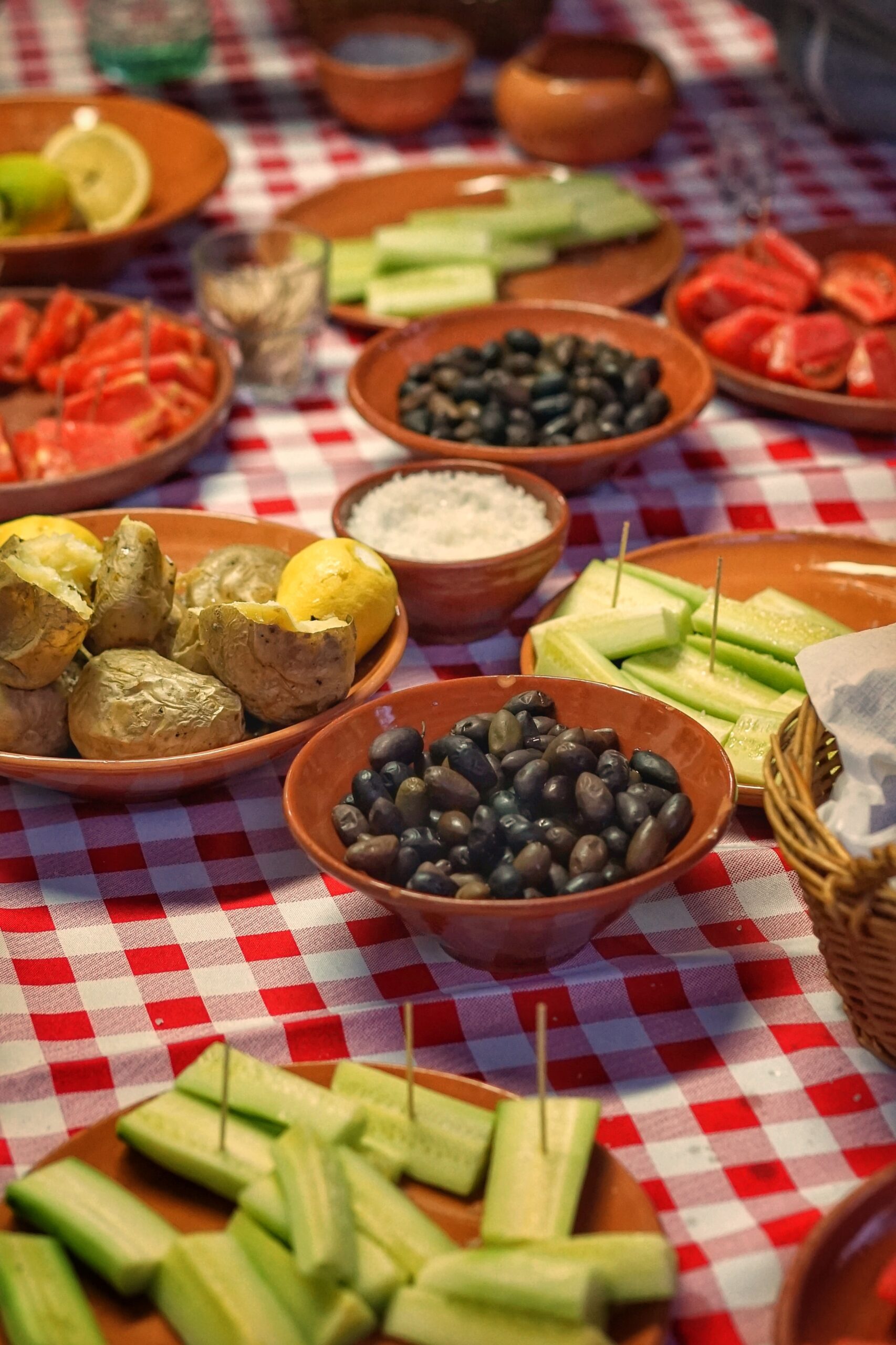About Crete
Geography
Crete is the largest and most populous of the Greek islands, located in the eastern Mediterranean Sea. It has a rugged and mountainous terrain, with the highest peak being Mount Ida at 2,456 meters. The island has a long coastline with many sandy beaches, rocky coves and crystal-clear waters. The climate is Mediterranean, with hot summers and mild winters, and the island has a rich flora and fauna. Crete is also known for its deep gorges and caves, such as the famous Samaria Gorge, which is the longest in Europe. The island’s geography has shaped its history and culture, with ancient ruins and monuments scattered throughout its rugged landscape.
History
Crete has a rich and complex history, dating back to the Neolithic period. The island was home to the Minoan civilization, one of the earliest and most advanced civilizations in Europe, which flourished from around 2600 to 1100 BCE. The Minoans left behind a wealth of art, architecture, and literature, including the famous Palace of Knossos. Crete was later conquered by the Mycenaeans, the Romans, the Byzantines, the Venetians, and the Ottomans, each leaving their mark on the island’s culture and architecture. During World War II, Crete played a pivotal role in the resistance against the Axis powers. Today, Crete is a modern and vibrant island with a rich cultural heritage, where ancient ruins and traditions coexist with a thriving tourism industry.
Demography
Crete is the largest and most populous island of Greece, with a population of approximately 650,000 people. The island has a relatively high population density, with most of its inhabitants living in the cities and coastal regions. The largest city is Heraklion, followed by Chania, Rethymno, and Agios Nikolaos. The majority of the population is Greek Orthodox, with a small Muslim minority concentrated in the cities of Chania and Rethymno. In recent years, Crete has experienced significant immigration, with many newcomers from Eastern Europe, Africa, and Asia settling on the island. Despite these changes, Crete has managed to preserve its unique culture and identity, with a strong sense of community and hospitality towards visitors.
Climate
Crete has a Mediterranean climate, with mild, wet winters and hot, dry summers. The island’s position in the eastern Mediterranean gives it a unique climate, with warm sea temperatures and a refreshing sea breeze during the summer months. The winter months are relatively mild, with average temperatures of around 12°C (54°F) and occasional rainfall. During the summer, temperatures can reach up to 30°C (86°F) or higher, especially in the coastal regions. The island also experiences a phenomenon known as the “Meltemi” winds, which are strong, dry winds that blow from the north during the summer months, providing some relief from the heat. Overall, the climate of Crete makes it a popular destination for sun-seekers and beachgoers, but also offers opportunities for hiking and outdoor activities during the milder months.
Food & Drink
Crete has a rich culinary tradition, influenced by its geography and history. The island is known for its fresh, locally-sourced ingredients, including olive oil, vegetables, herbs, and seafood. Some of the most famous dishes of Crete include “dakos” (a type of barley rusk topped with tomato and feta cheese), “stifado” (a slow-cooked beef or rabbit stew with onions and spices), and “kalitsounia” (small pastries filled with cheese, herbs, or honey). Cretan cuisine is also famous for its use of herbs, including oregano, thyme, and rosemary, which are often found growing wild on the island’s hillsides. In addition to food, Crete is also famous for its wine and spirits, including the local spirit “raki” and the sweet dessert wine “malvasia.” The island’s long history of viticulture and winemaking has resulted in a rich variety of wines, from crisp white wines to full-bodied reds. Overall, the food and drink of Crete are an essential part of the island’s culture and hospitality, providing visitors with a delicious taste of the island’s unique flavors and traditions.
